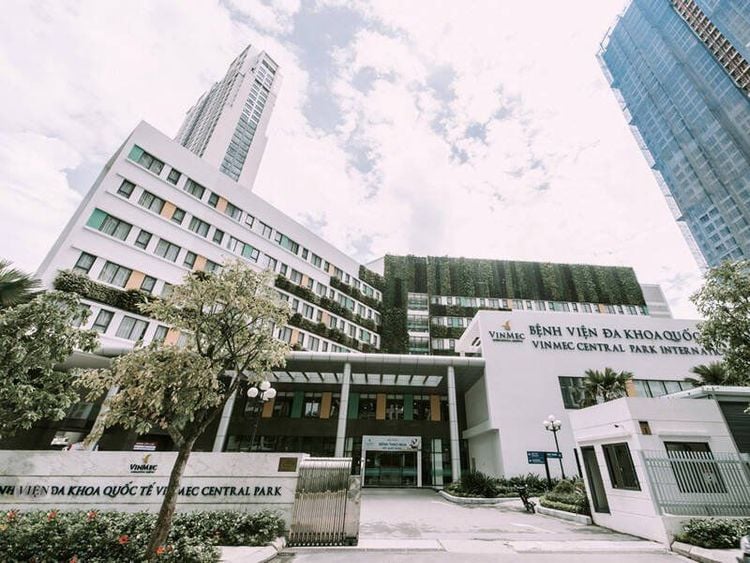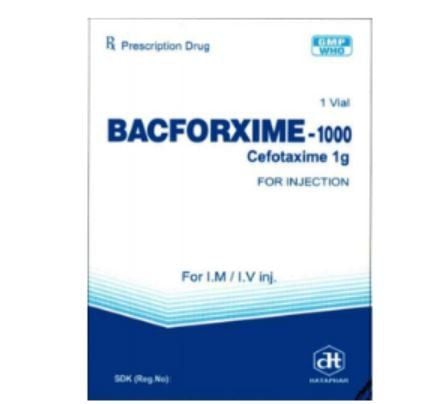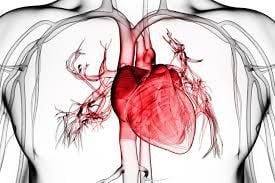This is an automatically translated article.
The article is professionally consulted by Master, Doctor Nguyen Tung Hoanh - Interventional Cardiologist - Department of Resuscitation - Emergency - Vinmec Nha Trang International General Hospital. The doctor has a lot of experience and strength in Resuscitation - Cardiac Emergency. circuit.Constrictive pericarditis is the result of fibrosis of the pericardium, forming a sheath that squeezes the heart, impeding blood flow to fill the ventricles during diastole. Constrictive pericarditis can lead to heart failure, disability, and even death.
1. What is constrictive pericarditis?
Constrictive pericarditis is a disease acquired when the pericardium after the inflammatory process becomes fibrosis, causing scarring, reducing its ability to stretch, causing the pericardium to become calcified and inelastic, leading to restriction Blood fills the ventricles during diastole.For patients with constrictive pericarditis, anatomical lesions are mainly thickening, myocardial fibrosis and pericardial sclerosis, in which the heaviest is in parietal leaves, sometimes up to 1cm thick , where the two parietal leaves and viscera can be up to 2-3cm thick (normally less than 0.1cm). The thickened pericardium creates a fibrous capsule, suffocating the heart, and impeding ventricular filling during diastole (when the heart is dilated). Fibromyalgia is more common in parietal leaves.
The disease can occur at all ages from 1 to 75. However, the disease usually occurs with a higher rate in the age group between 30 and 50 years old. In which, men are more susceptible to the disease than women (with a ratio of 3 men to 1 woman).
2. Causes of constrictive pericarditis
The main cause of the disease is the inflammation of the pericardium that is not treated effectively. The causes of empyema that can lead to constrictive pericarditis are:Diseases related to collagen, such as rheumatism, rheumatoid arthritis, scleroderma,... Diseases infections: bacterial infections (caused by staphylococcus aureus, meningococcal bacteria, streptococci, pneumococcal bacteria, gonorrhea, tuberculosis...), viral infections (Coxsackie viruses A and B, influenza A and B, chickenpox virus...), histoplasmosis, parasitic infection (such as echinococcus, amoeba dysentery...). After radiation therapy for disease Metastasis of cancer to the pericardium. An increase in blood urea. Unknown cause (idiopathic).
3. Is constrictive pericarditis dangerous?

Viêm màng ngoài tim co thắt có nguy hiểm không?
Inflammation of the pleura, especially in the mediastinal region, accompanied by pulmonary edema, is the direct or indirect cause of constrictive pericarditis worsening, causing respiratory failure, life-threatening patient network. Pulmonary artery disease may present with fibrotic lesions secondary to persistent pulmonary hypertension.
The disease also affects the liver and other organs, similar to the case of right heart failure. The most common damage to the liver is an enlarged liver, due to the stagnation of venous blood. Thickening of the pericardium prevents blood from returning to the heart through the two vena cava. In cases where the disease continues to progress for a long time, the liver may shrink, but will become hard. Microscopic examination revealed dilated venous sinuses, necrosis of the central lobules (nécrse centro-lobulaire), fibrosis in the hepatic veins and the intrahepatic segment of the inferior vena cava. The damage to the liver caused by this disease is also called "pseudocirrhosis" (Pseudocirrhosis) to distinguish it from the common cirrhosis today.
The spleen is also an organ affected by constrictive pericarditis. Accordingly, the spleen may enlarge due to chronic passive congestive state, thickened spleen cortex, edematous splenic sinuses, and fibrosis in some areas of the spleen.
Pleural effusion is a common complication in many patients. Ascites becomes very large, containing 5-7 liters of fluid in the peritoneum. In addition, polymembrane inflammation is also seen in many cases.
4. Treatment of constrictive pericarditis
4.1. Indications for treatment Almost every patient with constrictive pericarditis has an indication for early cardiac surgery. Because if left late, when the myocardium has seriously degenerated, the surgical process will face many obstacles, and the treatment efficiency will not be high.4.2. Techniques and methods of heart surgery The previous heart surgery was opening the left chest anteriorly, but now the trend of surgery is usually opening along the sternum in order to clearly reveal the surgical field, creating the most favorable conditions for the doctor to remove the pericardium, freeing the heart as much as possible. Compared with medical methods, the effect of surgery is often earlier and can be seen immediately after the procedure.
Specifically, immediately after removing the thick fibrous pericardium, the myocardium is exposed, and at that position is no longer compressed, the heart beat is not restricted, the blood flow to the heart increases, there is a The pulse can be palpated more clearly, the systolic and diastolic blood pressure measurements are increased, and hemodynamics is clearly improved.
After surgery, the patient may feel more comfortable, breathe easier, the skin of the extremities is warmer, especially when the dilatation of the jugular vein has improved a lot. About 48 hours after surgery, the ascites resolved markedly due to a steady increase in urine output.
In the majority of cases after surgery, the patient's prognosis improves markedly and rapidly. However, some cases may be slower, the disease gradually improves from 3 to 6 months after surgery, especially the enlarged liver, dilated jugular vein as well as high venous pressure and decreases more slowly than compared to the previous surgery. other symptoms.
In addition, the effectiveness of symptom relief, as well as the degree of hemodynamic improvement, depends on the extent of the pericardium released and resected. Depending on the prognosis of constrictive pericarditis, the doctor will prescribe an appropriate pericardial resection.
5. Cardiovascular disease examination and treatment at Vinmec

Khám và điều trị bệnh tim mạch tại Vinmec có gì đặc biệt?
The Center has a comprehensive cooperation program with the Heart Institute - Bach Mai Hospital, the Cardiology Department of Hanoi Medical University, Paris Decartes University - Georges Pompidou Hospital (France), the University of Pennsylvania (USA) )...
Please dial HOTLINE for more information or register for an appointment HERE. Download MyVinmec app to make appointments faster and to manage your bookings easily.













